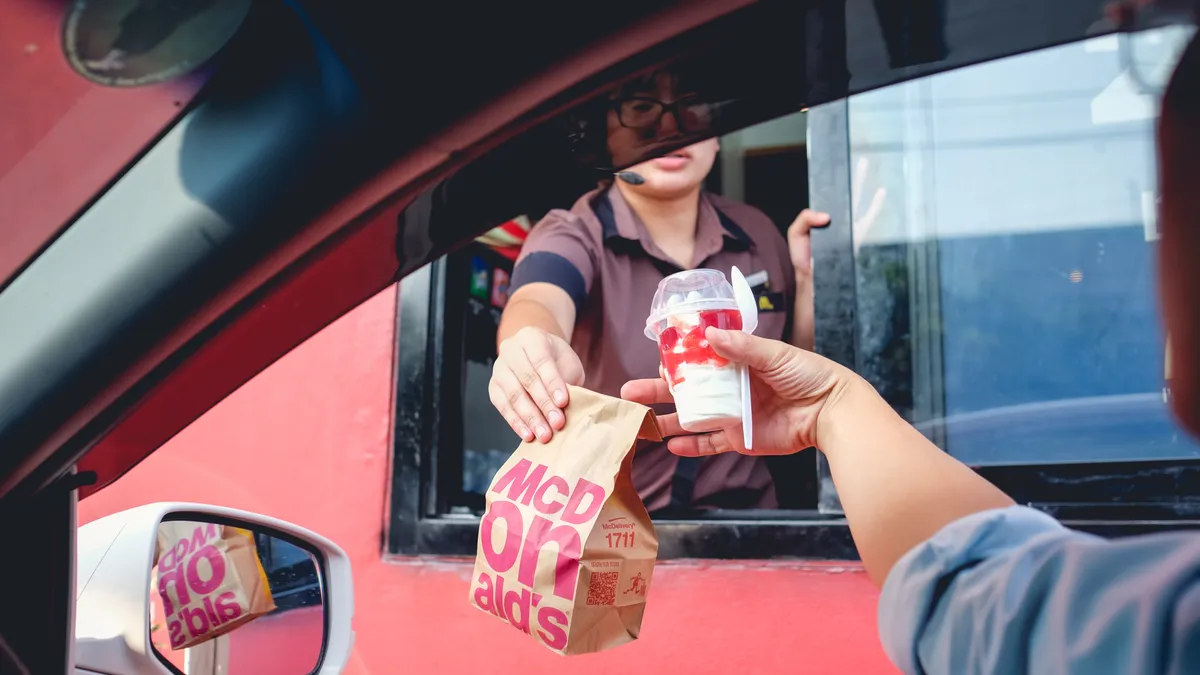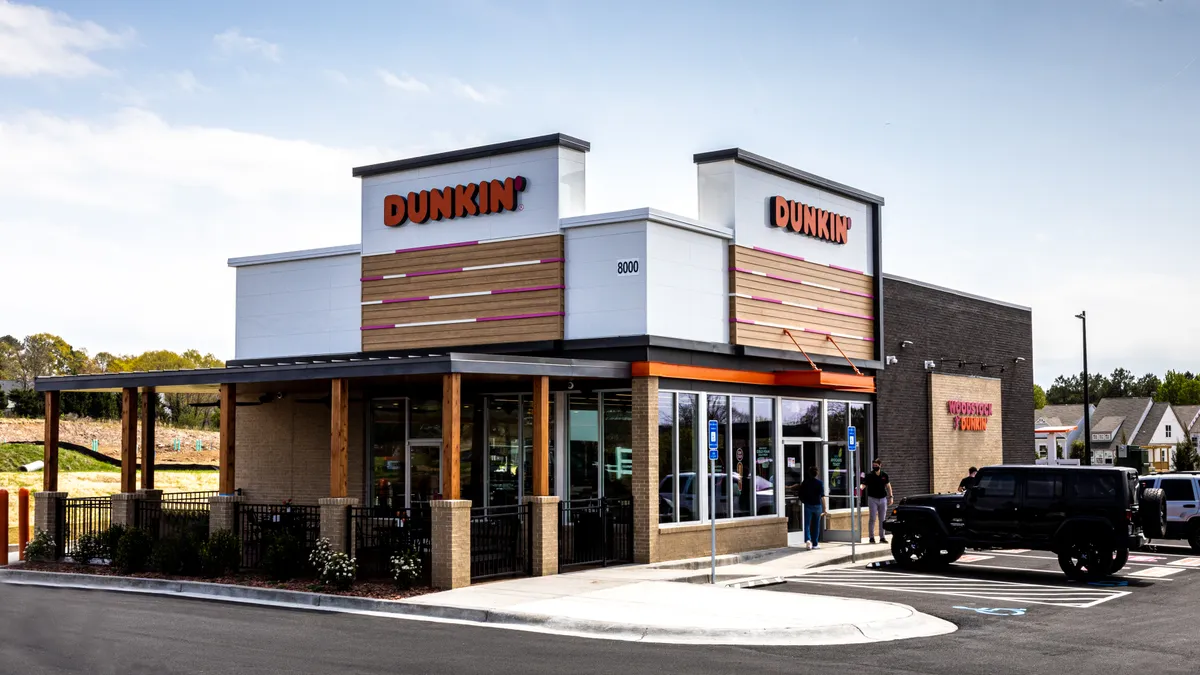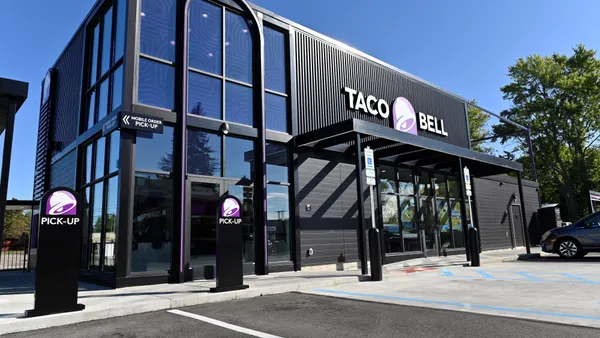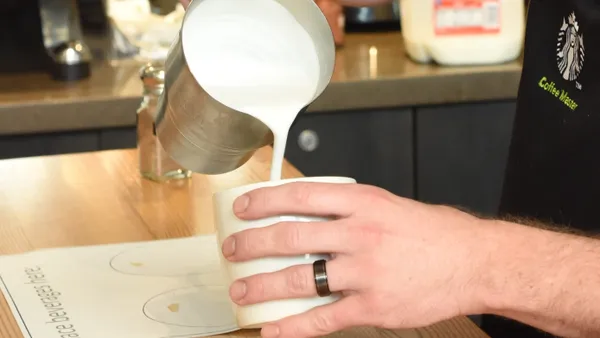Dive Brief:
- Starbucks Workers United launched open-ended strike actions across at least 65 stores in 40 cities on Thursday, according to a press release. The union said upwards of 1,000 workers are involved and that the actions could escalate across more locations. Currently, over 550 stores are unionized.
- The labor actions, which coincide with Starbucks’ annual Red Cup day, follow a strike vote taken in later October and early November in which more than 92% of participating workers voted to strike, according to Starbucks Workers United.
- SBWU’s previous actions have tended to be symbolic, time-limited actions, and an open-ended work stoppage is a major strategic escalation that follows the closure of roughly one-tenth of unionized stores at the end of fiscal Q4 and the end of national bargaining dates earlier this year.
Dive Insight:
The union said the strike was necessitated by the failure of bargaining and by a series of alleged violations of labor law. SBWU has already filed large numbers of National Labor Relations Board unfair labor practice charges — typically a legal prerequisite to a strike. Starbucks and the union opened a national bargaining process in April 2024, but talks have since stalled.
During a Thursday press conference, Michelle Eisen, a union member at the first unionized store, said SBWU was prepared to expand strike actions and that the work stoppage could end up being the longest and most serious in the brand’s history. The previous record-holder for longest strike was a 64-day single store action in Boston in 2022.
Eisen said the organization has been hard at work preparing its members for the strike.
“We have started organizing internally. We elected strike captains across our unionized locations.… Hundreds of unionized leaders have stepped up in these stores and taken on the role of preparing their co-workers,” Eisen said. Shopfloor leadership by elected worker-leaders could make the strike more powerful.
Dachi Spoltore, a Starbucks barista and union member, said the working conditions, particularly staffing during peak hours, have made union workers more willing to strike.
“When we have to do those three-person, four-person floors and [are] not being staffed enough, [organizing] is going to [workers] and reminding them that you deserve to have more people so that it is not such a struggle to get through the day,” Spoltore said.
Starbucks did not respond to a request for comment. Earlier in November, Sara Kelly, Starbucks EVP and chief partner officer, said the brand hoped SBWU would not go on strike. Kelly attributed the end of national bargaining to the union and highlighted some of the benefits Starbucks offers to employees.
Starbucks is in the process of hiring or promoting thousands of assistant store managers, and has directed considerable investments toward in-store labor recently.
Lynne Fox, president of Workers United, said bargaining with the company collapsed over economic proposals. Fox specifically said Starbucks rejected and misrepresented SBWU’s proposals around wages and benefits and that the company’s economic proposals were insufficient.
After four years of electoral victories, shopfloor organizing, efforts to build relationships with institutional investors and progressive organizations and direct political pressure, SBWU still does not have a contract.
During the Biden administration, the NLRB generally shielded SBWU by preventing decertification petitions from proceeding at stores where there were outstanding unfair labor practice charges. But those political conditions may be shifting, with the National Right To Work Legal Defense Fund pushing the NLRB to allow decertification petitions to proceed to an election.
Those factors raise the pressure on SBWU to bring the company back to the bargaining table, and with traffic flat more than a year into Brian Niccol’s tenure as CEO, Starbucks’ tenuous recovery from its sale slide remains a potential strategic pressure point.














